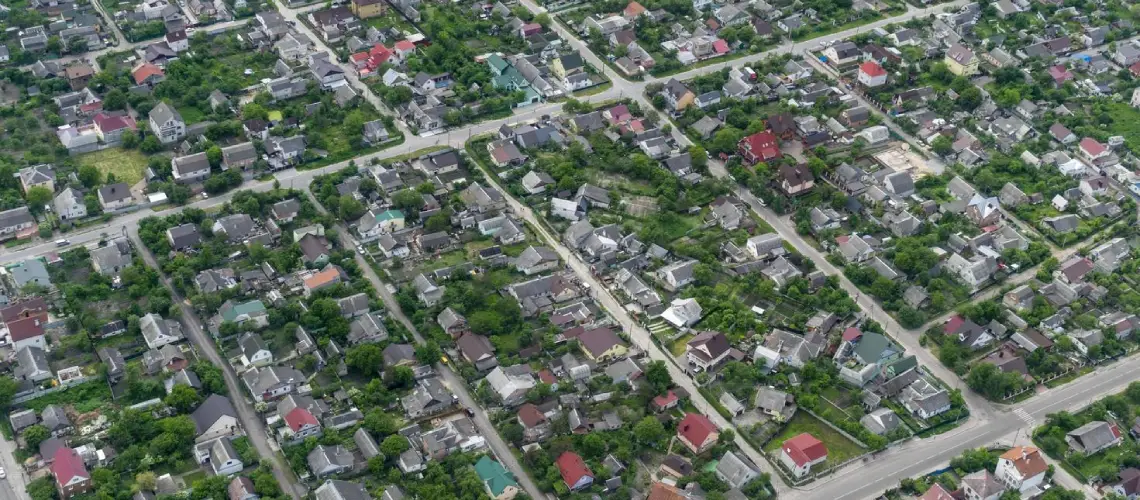Zoning plays a significant role in determining the value of a property in Australia. Whether you’re a homeowner, investor, or developer, the land use classification assigned by local government can greatly influence what a property is worth—and what it can be used for.
What Is Zoning?
Zoning refers to the legal classification of land use as defined by local councils and planning authorities. It determines what type of activities can occur on a property, such as:
- Residential
- Commercial
- Industrial
- Mixed-use
- Rural or agricultural
- Environmental or conservation areas
Each zone has its own development controls, restrictions, and permitted uses, which directly impact a property’s development potential—and therefore its market value.
Why Zoning Affects Property Value
The zoning of a property affects:
- What the land can legally be used for
- What structures or developments can be built
- The type of buyer interested in the property
- Rental potential and yield
- Long-term capital growth and redevelopment opportunities
For example, a block of land zoned for high-density residential or mixed-use development will typically have a higher value per square metre than the same-sized block zoned for single dwelling residential.
Common Zoning Categories and Their Valuation Impact
Residential Zoning (R1, R2, R3, R4, etc.)
- R1 or R2: Low-density residential—limited to single homes or dual occupancies
- R3 or R4: Medium to high-density—allows townhouses or apartments
Valuation Impact:
- Higher-density zones attract developers and investors, often resulting in higher land values
- Low-density residential zones appeal to owner-occupiers, where property value depends on local demand and lifestyle factors
Commercial Zoning (B1, B2, B4, etc.)
- Applies to land intended for retail, office, or business use
- Often located in CBDs, town centres, or high-traffic corridors
Valuation Impact:
- Influenced by rental return, foot traffic, and infrastructure access
- Commercially zoned land can command a significant premium if well-positioned
Industrial Zoning (IN1, IN2, etc.)
- Used for warehouses, factories, and logistics
- Located in designated industrial parks or fringe suburbs
Valuation Impact:
- Based on size, truck access, zoning allowances, and tenant demand
- Properties with broader permitted uses or redevelopment potential hold higher value
Mixed-Use Zoning
- Allows a combination of residential, commercial, and sometimes light industrial use
- Popular in urban renewal precincts and inner-city developments
Valuation Impact:
- High flexibility drives strong demand from developers and investors
- Properties may attract premium pricing due to multiple income streams
Rural and Agricultural Zoning
- Applies to farmland, grazing land, and lifestyle acreage
- Restrictions often apply on subdivision, clearing, and future development
Valuation Impact:
- Influenced by productive capacity, water rights, and proximity to townships
- Rezoning or subdivision approvals can significantly increase value
Rezoning and Its Effect on Value
Rezoning occurs when a property’s classification changes—usually through a council-initiated plan or a successful application by the landowner.
Examples of rezoning impacts:
- Low-density residential rezoned to medium-density → value uplift
- Agricultural land rezoned to residential → substantial increase in development appeal
- Commercial to mixed-use → broader buyer interest and potential yield
Rezoning potential is often factored into speculative valuations for land banking or development feasibility.
How Valuers Assess Zoning During a Valuation
A professional property valuer considers zoning as part of their market assessment. This includes:
- Current zoning type and permitted uses
- Development controls (e.g., building height, setbacks, FSR)
- Neighbouring land uses and zoning compatibility
- Precedent development approvals in the area
- Likelihood of future rezoning or urban growth planning
- Restrictions, overlays, or heritage listings that may impact use
The valuer uses this information in conjunction with comparable sales data, yield potential, and buyer demand to determine a fair market value.
Key Zoning Resources in Australia
Each state and territory has a planning portal where you can research zoning:
- NSW: NSW Planning Portal
- VIC: Planning Schemes Online
- QLD: Development.i and local council planning schemes
- WA: PlanWA
- SA: PlanSA
- TAS: iplan.tas.gov.au
- NT: NT Planning Scheme
- ACT: ACT eDevelopment system
Conclusion
Zoning is one of the most powerful factors shaping property valuation in Australia. It not only governs what can be done with a property, but it also influences who’s likely to buy it, what they’ll pay, and what income it may generate.
Whether you’re a property owner, buyer, or investor, understanding how zoning affects valuation helps you plan your next move more strategically—and ensures you make the most of your asset’s potential.



